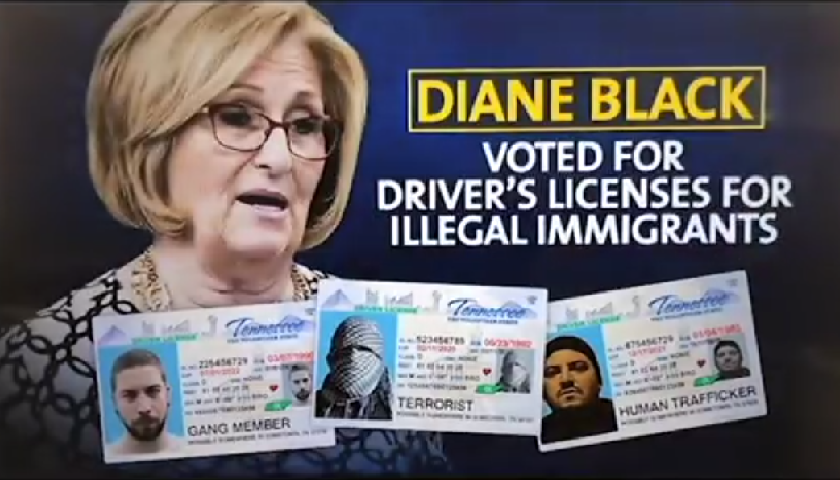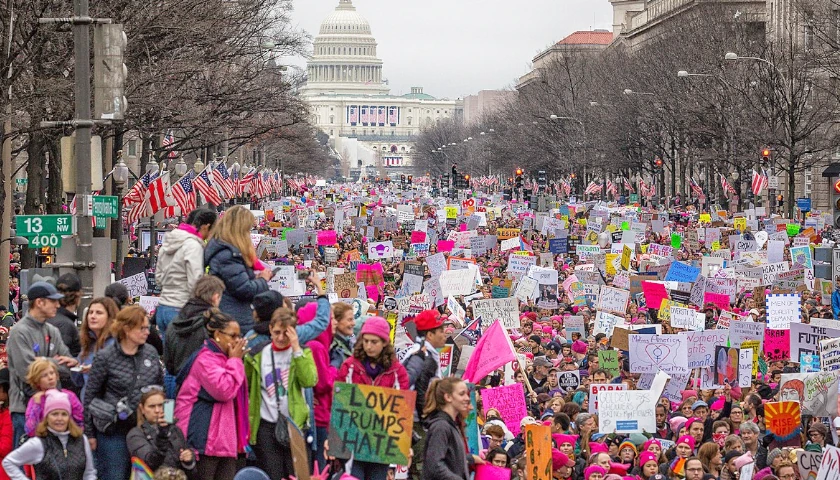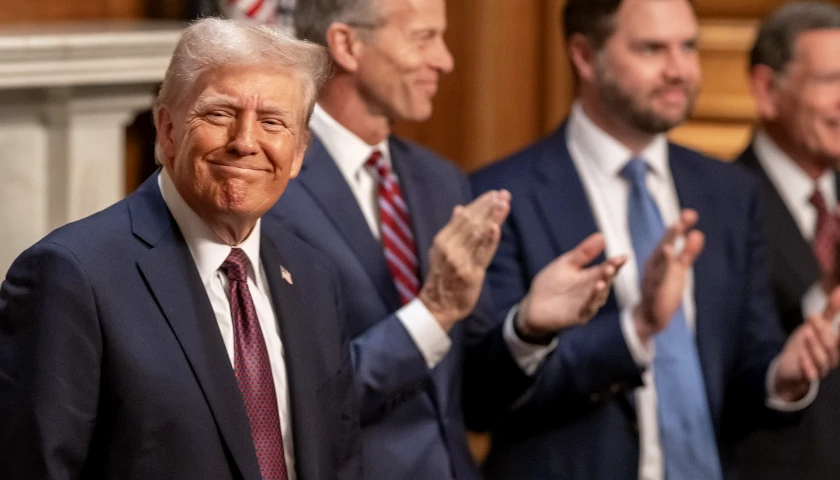In the wake of the Tennessee Republican primary for Governor, won by Bill Lee in a late surge where he garnered 37 percent of the vote versus 24 percent for Randy Boyd, 23 percent for Diane Black and 15 percent for Beth Harwell, some analysts have claimed the results show that negative ads do not work.
Actually, the final margins seem to prove that negative ads work quite well.
As recently as six weeks ago, a Tennessee Star Poll of 1,040 likely GOP voters showed that Boyd was leading Black 32 percent to 27 percent, with Lee making up ground from previous polls to have 20 percent support. Harwell lagged behind at 7 percent, with 13 percent undecided.
A December 2017 Tennessee Star Poll showed Black leading Boyd by ten points, 21 percent to 11 percent. Harwell and Lee trailed with 6 percent and 4 percent, respectively. Other polls in recent months had claimed that Black led by 13 points, with support from 41 percent of Tennessee Republican primary voters.
A poll that was produced by a polling company with direct ties to the Lee campaign claimed in late July that he led the field with 26 percent, followed by Boyd at 20 percent, Black at 19 percent and Harwell with 16 percent. Seventeen percent remained undecided with about a week remaining in early voting. After weeks of what appeared to be two old battleships blasting broadsides at each other the Boyd and Black teams brought their perceived primary competitor down. But they also brought the two candidates who had not been the focus of sustained negative attacks up.
The first flurry of negative ads started in late May when a PAC linked to Boyd supporters hit Diane Black for her vote to issue drivers licenses to illegal aliens. The ad buy was limited, but a deluge of attack ads (including mail, digital and radio) from the Black and Boyd campaigns targeting each other followed a few weeks later.
Less than two weeks before early voting started, Black launched geographically targeted ads that hit both Boyd and Lee. Soon, Boyd launched his own attack ad on Lee as Lee began showing traction in Chattanooga and upper east Tennessee, areas Boyd was counting on as his base of support.
The attacks between Boyd and Black clearly had an impact.
The attacks and counter attacks drove their numbers down and froze them out of gaining any of the undecided votes. Ultimately, most all of the undecideds went to Lee — who opted not to go negative — with a few ending up in the Harwell column, who was never the tar-get of any attacks from the other candidates. In the process, the unfavorable numbers of both Black and Boyd increased dramatically as the weeks and volume of negative ads stuck; Lee remained relatively unscathed since the attacks directed at him came late and were in the midst of the late campaign “noise” that drowned out the impact of the attacks.
Tennessee Star Political Editor Steve Gill notes that a campaign message, whether it is positive or negative, needs a couple of weeks to have real impact even with a strong ad buy behind it. “The attacks on Lee came late and were not early enough to impact his early voting numbers. Boyd and Black destroyed each other with their attack ads and left Lee as the most likable option among the candidates — which fueled his late burst to front runner status.”
The Boyd-linked PAC, Tennessee Jobs Now, produced one of the most effective television ads of the campaign cycle that hit Black on her vote to issue driver’s licenses for illegals.
Although it wasn’t a huge buy in terms of “points” (i.e. number of times the ad reaches viewers) it was a significant factor in bringing Black’s unfavorable numbers higher. The PAC ran 15 second versions of the ad on cable and digitally during the first weeks of early voting to remind voters of the earlier :30 sec-ond spot. The strategy worked and brought Black’s negative im-pression among voters up, but they did not have the capacity to bring Boyd’s positives up, nor was that their mission.
Another independent expenditure committee (Jobs4TNNow) that seemed to be linked to the Black campaign, hit Bill Lee late and effectively with radio, billboards, and some mail pieces focused on his donations to Megan Barry and Phil Bredesen and Lee’s soft approach to transgender bathrooms and gay marriage. They didn’t seem to spend a lot of money, and the impact on Lee was limited due to their late arrival in the arena. The millions of dollars and weeks of negative ads directed at Boyd and Black were dwarfed by the two weeks of limited hits on Lee, so it is not surprising that he came out relatively unscathed.
In multi-candidate races that turn very negative, the least unlikeable candidate who doesn’t draw attention until late in the game often sees a late surge, sometimes to victory like Lee. A one on one race if different, and it may be more difficult for Lee to retain his “nice guy” favorables in a general election where he will be the sole target of attacks from the Democrats.
The solid base majority of Republicans in Tennessee should be enough to elect Bill Lee Governor unless he makes major mistakes in the next 90 days. But he really hasn’t been the focus of negative ads . . . yet, and it’s coming. Because they work.




